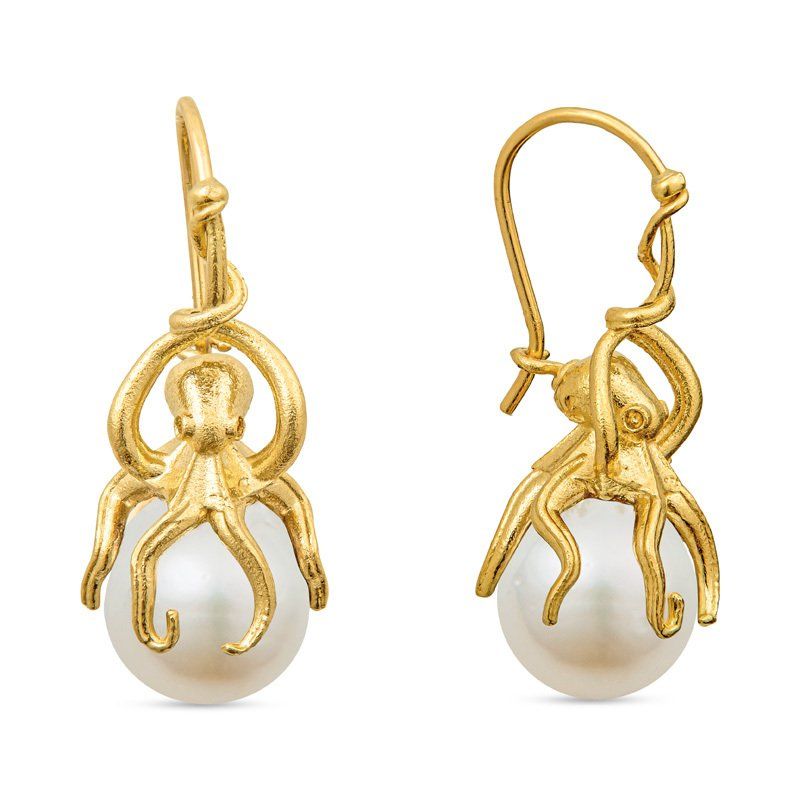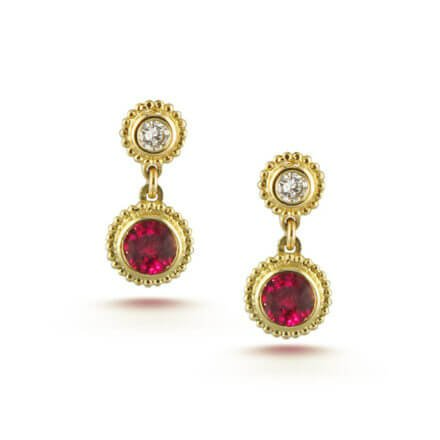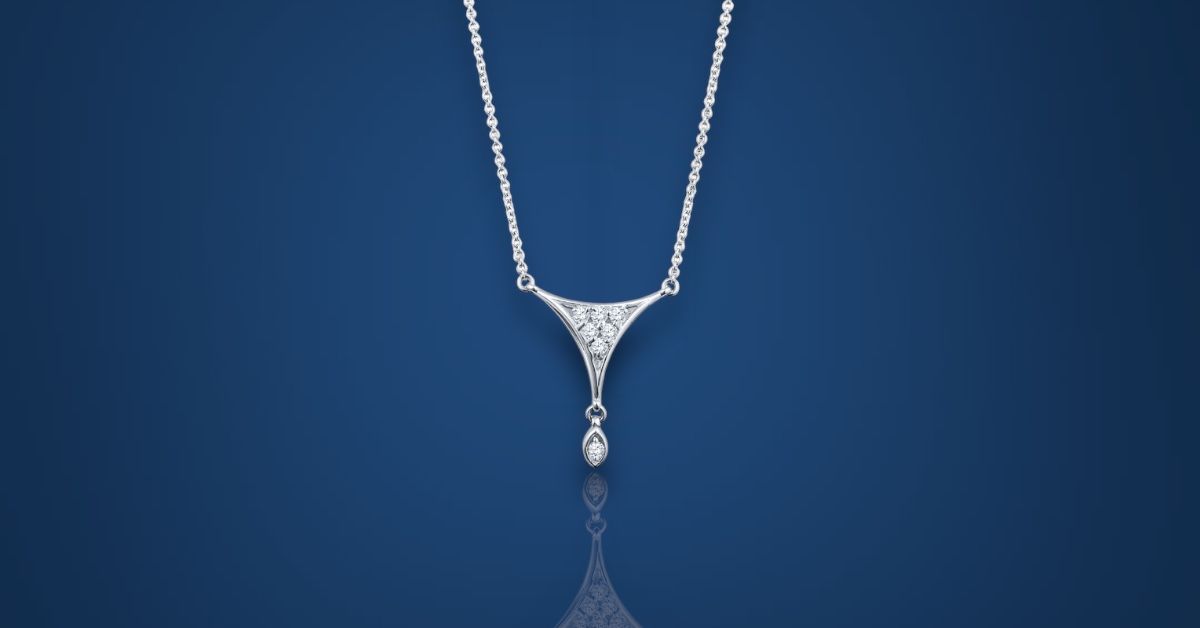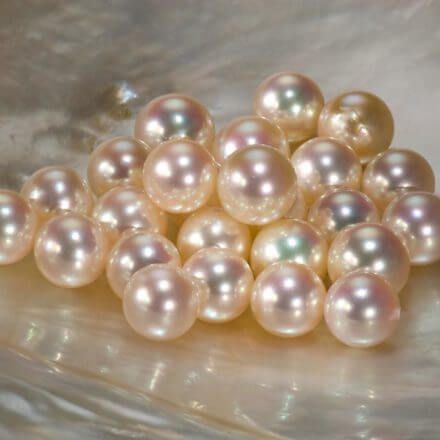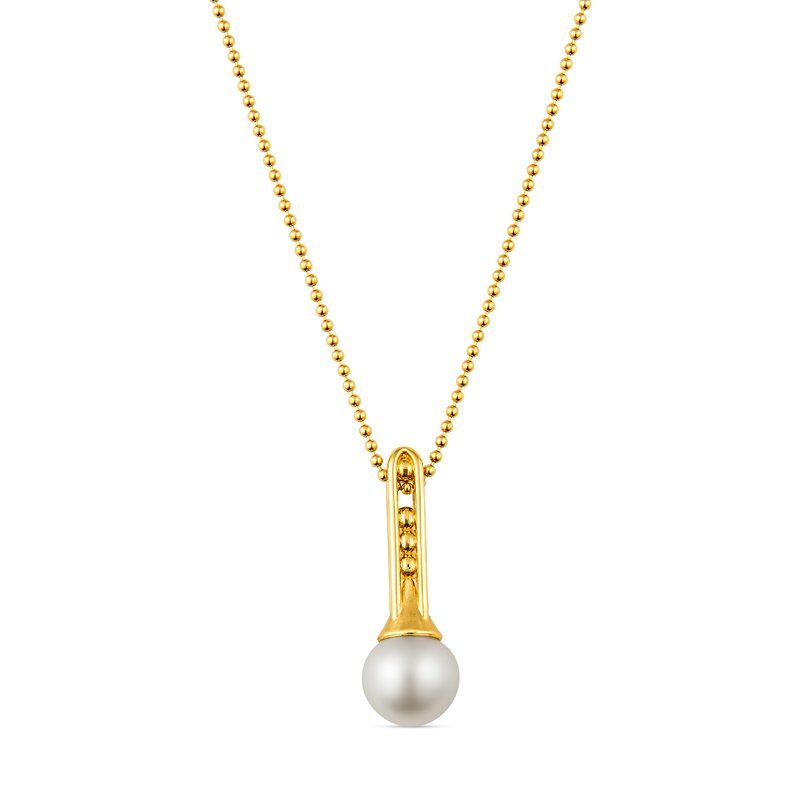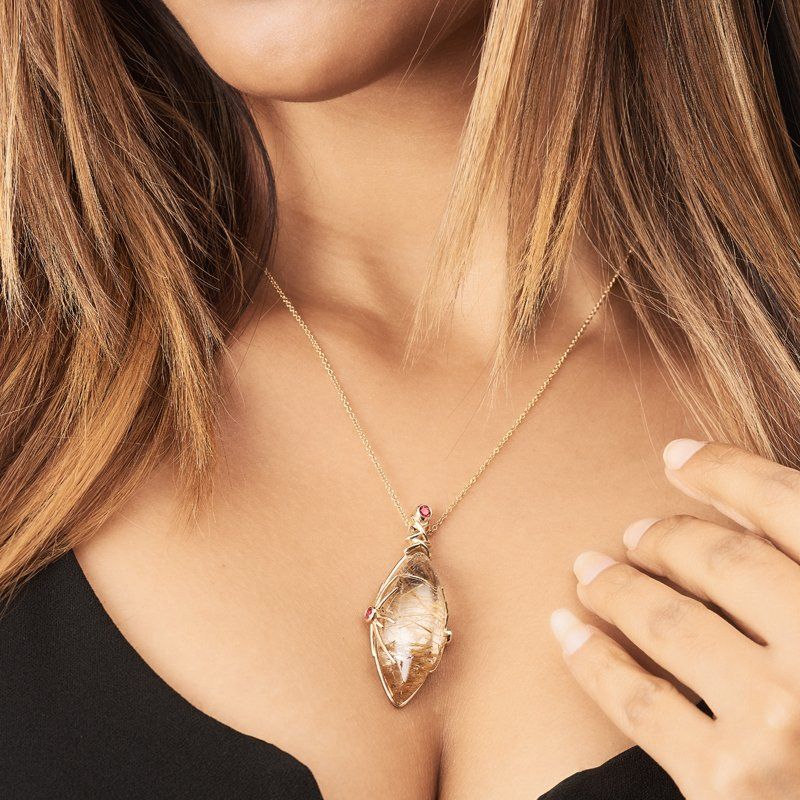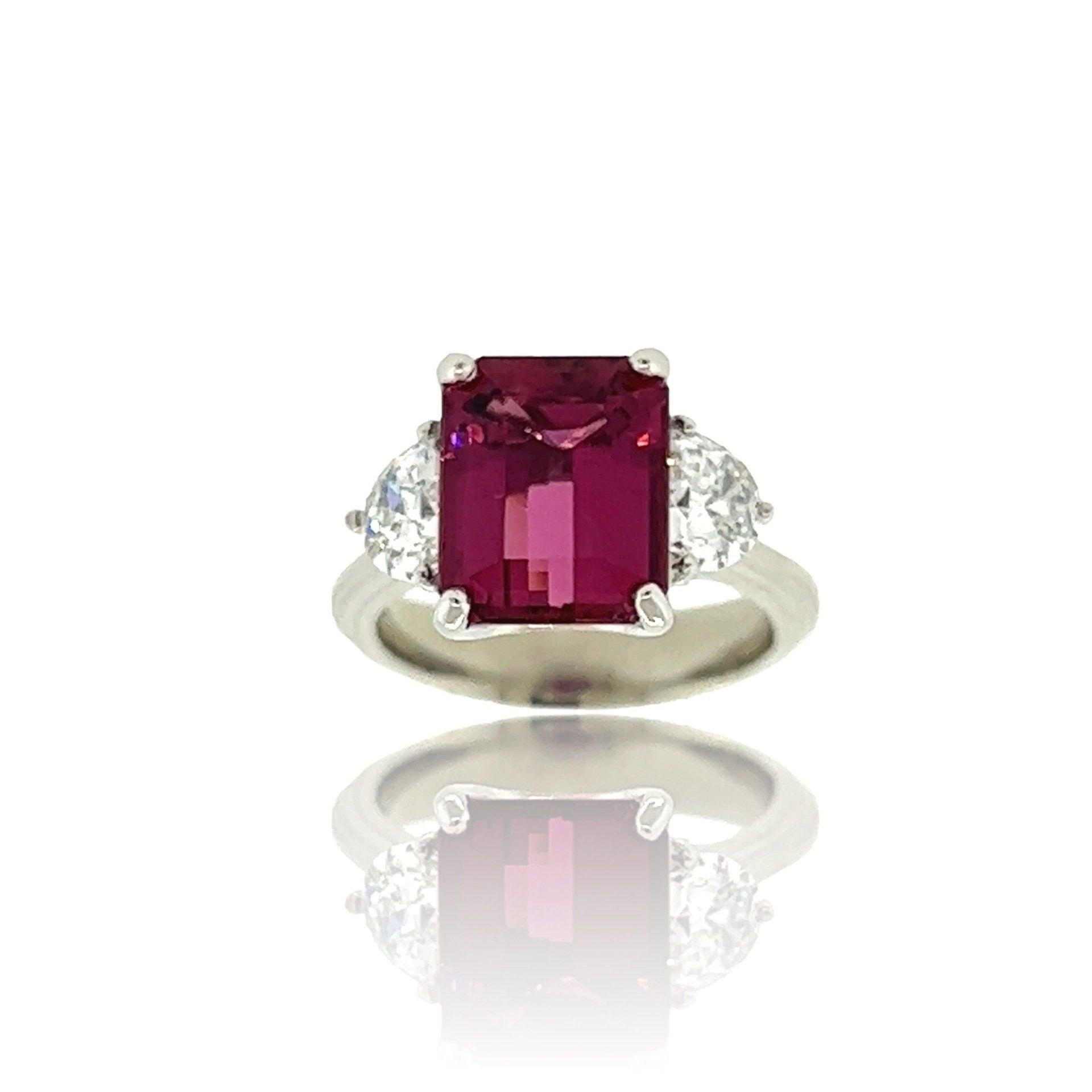What is the truth about lab diamonds vs. natural diamonds
We get this question a lot. We hope this will help you decide what is important to you when selecting diamonds.
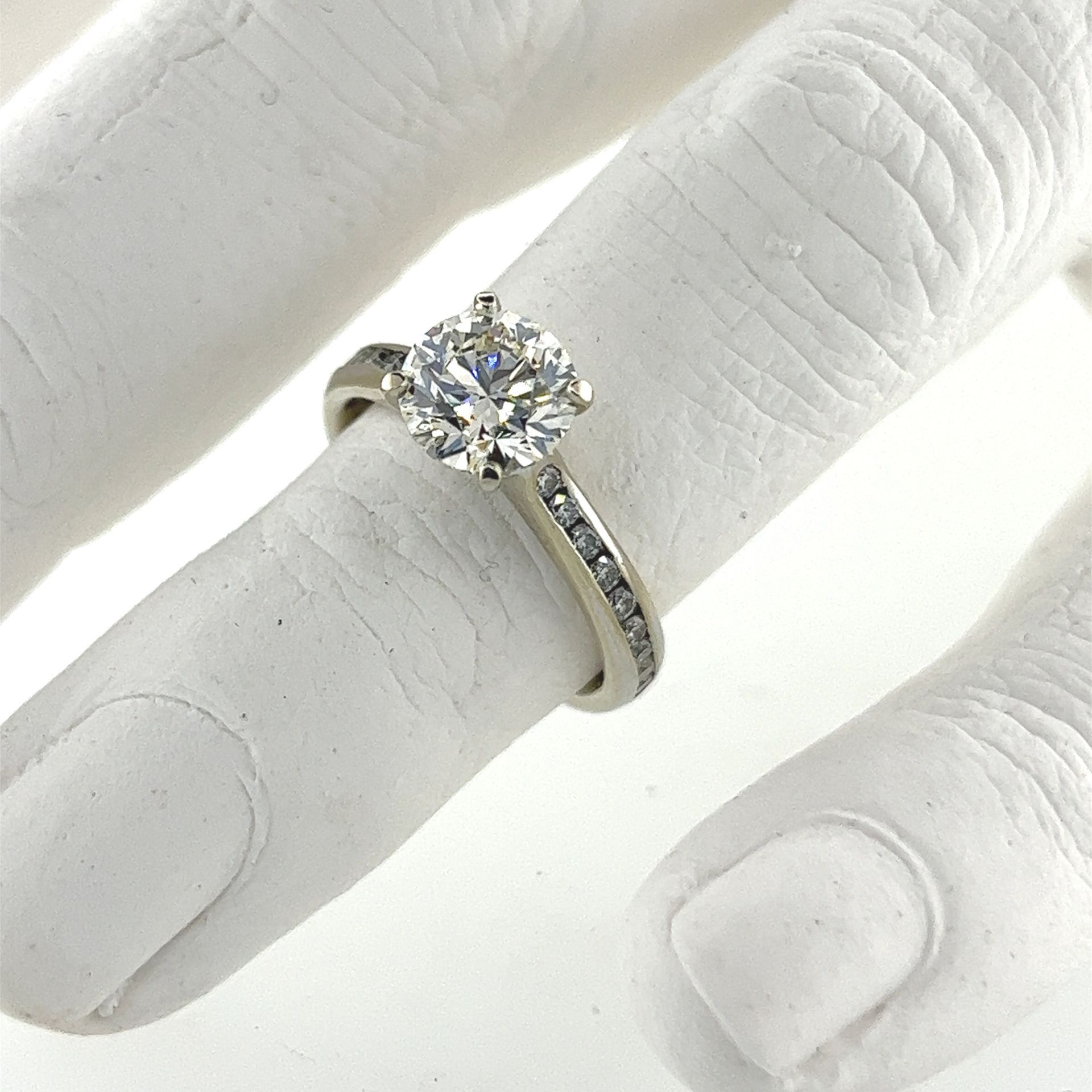
Lab-grown diamonds are created in a controlled environment, typically using chemical vapor deposition (CVD) or high-pressure, high-temperature (HPHT) methods. They have the same physical, chemical, and optical properties as natural diamonds, making them nearly indistinguishable. However, there are some key differences:
- Origin: Natural diamonds are formed deep within the Earth's mantle over billions of years, while lab-grown diamonds are created by replicating the conditions in a laboratory.
- Cost: Lab-grown diamonds are generally more affordable than natural diamonds of similar quality.
- Ethics and Environmental Impact: Lab-grown diamonds are considered more ethical and have a lower environmental impact, as they don't involve mining and are typically produced using renewable energy.
- Traceability: Natural diamonds can have ethical concerns related to "blood" or "conflict" diamonds. Lab-grown diamonds can offer better traceability and transparency in the supply chain.
- Size and Availability: Lab-grown diamonds can be produced in larger sizes and are more readily available in certain cuts and colors.
Ultimately, whether to choose a lab-grown or natural diamond depends on your preferences, budget, and values. Both types have their pros and cons, and it's essential to make an informed decision based on what matters most to you.
